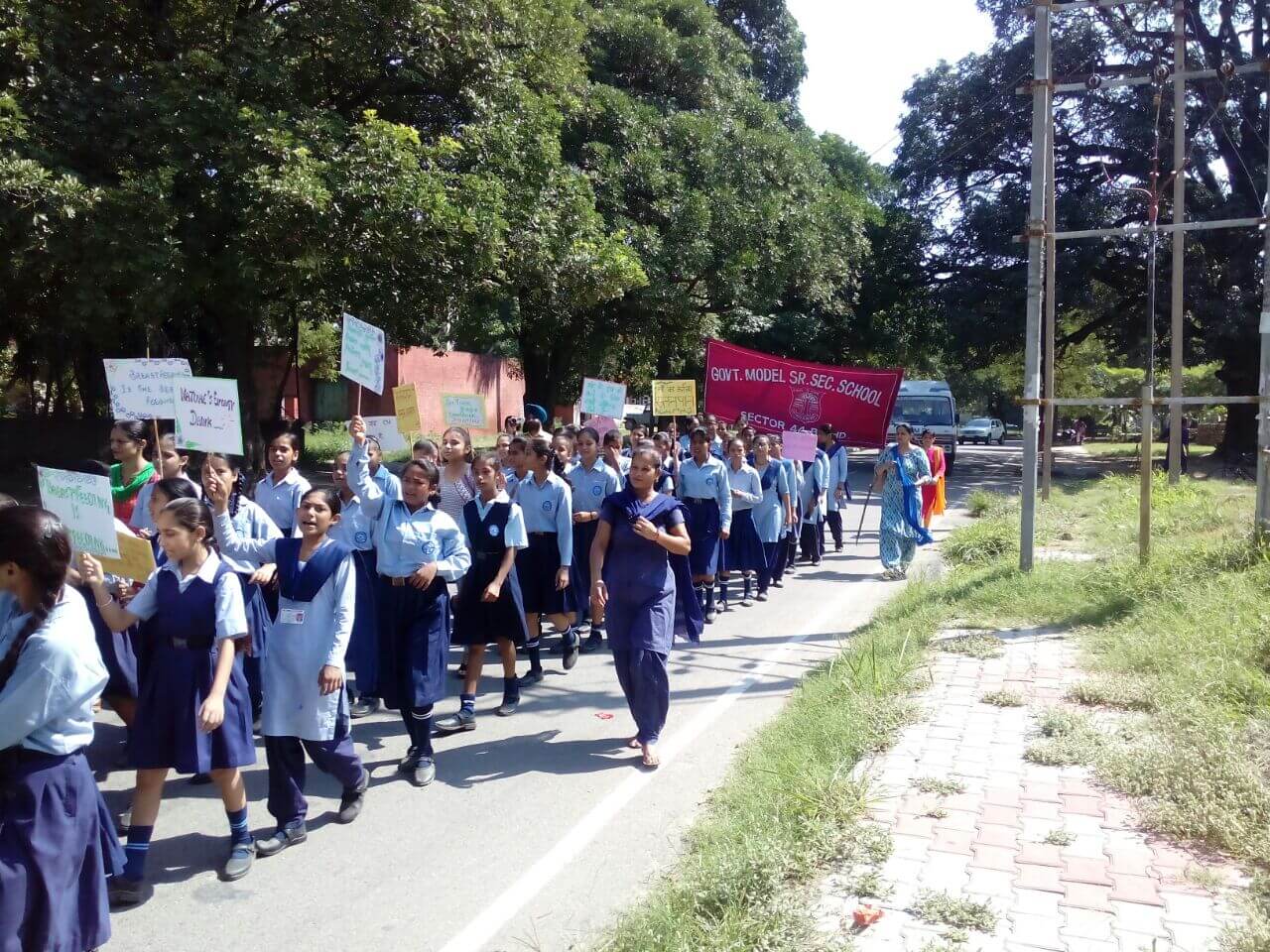The National Service Scheme (NSS) is an Indian government-sponsored public service program conducted by the Department of Youth Affairs and Sports of the Government of India. Popularly known as NSS, the scheme was launched in Gandhiji’s Centenary year, 1969. Aimed at developing student’s personality through community service, NSS is a voluntary association of young people in Colleges, Universities and at +2 level working for a campus-community linkage.

After independence the University Grants Commission, headed by S. Radhakrishnan, recommended the introduction of voluntary national service in academic institutions. This idea was again considered by the Central Advisory Board of Education (CABE) at its meeting in January, 1950; after examining the idea and the experiences of other countries in this field, the board recommended that students and teachers should devote time to voluntary manual work. In the draft first Five-Year Plan adopted by the government in 1952, the need for social and labour service by Indian students for one year was stressed. In 1958 Jawaharlal Nehru, in a letter to the chief ministers, considered the idea of social service as a prerequisite for graduation. He directed the Ministry of Education to formulate a suitable scheme for the introduction of national service into academic institutions.

Symbol of NSS
The symbol for the NSS has been based on the giant Rath Wheel of the world famous Konark Sun Temple (The Black Pagoda) situated in Orissa, India. The wheel portrays the cycle of creation, preservation and release. It signifies the movement in life across time and space, the symbol thus stands for continuity as well as change and implies the continuous striving of NSS for social change. The eight bars in the wheel represent the 24 hours of a day. The red colour indicates that the volunteer is full of young blood that is lively, active, energetic and full of high spirit. The navy blue colour indicates the cosmos of which the NSS is tiny part, ready to contribute its share for the welfare of the mankind.

Aim
The programme aims to inculcate social welfare in students, and to provide service to society without bias. NSS volunteers work to ensure that everyone who is needy gets help to enhance their standard of living and lead a life of dignity. In doing so, volunteers learn from people in villages how to lead a good life despite a scarcity of resources. it also provides help in natural and man-made disasters by providing food,clothing and first aid to the disaster victims.
Organisation
Most government and government-aided institutions (schools and colleges)A have volunteer NSS units, and AQ institutions are encouraged to have NSS volunteers. A unit typically comprises 20–40 students. They are managed internally by a responsible party from the school (or college), 1
who reports to the regional NSS coordinator. Most institutions do not have a separate uniform for NSS volunteers.
Annual NSS Camps
Camps are held annually, funded by the government of India, and are usually located in a rural village or a city suburb. Volunteers may be involved in such activities as:
Cleaning
Afforestation
Stage shows or a procession creating awareness of such issues as social problems,
education and cleanliness
Awareness Rallies
Inviting doctors for health camps
There are no predefined or preassigned tasks; it is left up to the volunteers to provide service in any way that is feasible. Camps typically last between a week and 10 days, although camps for shorter periods are also conducted by nss
